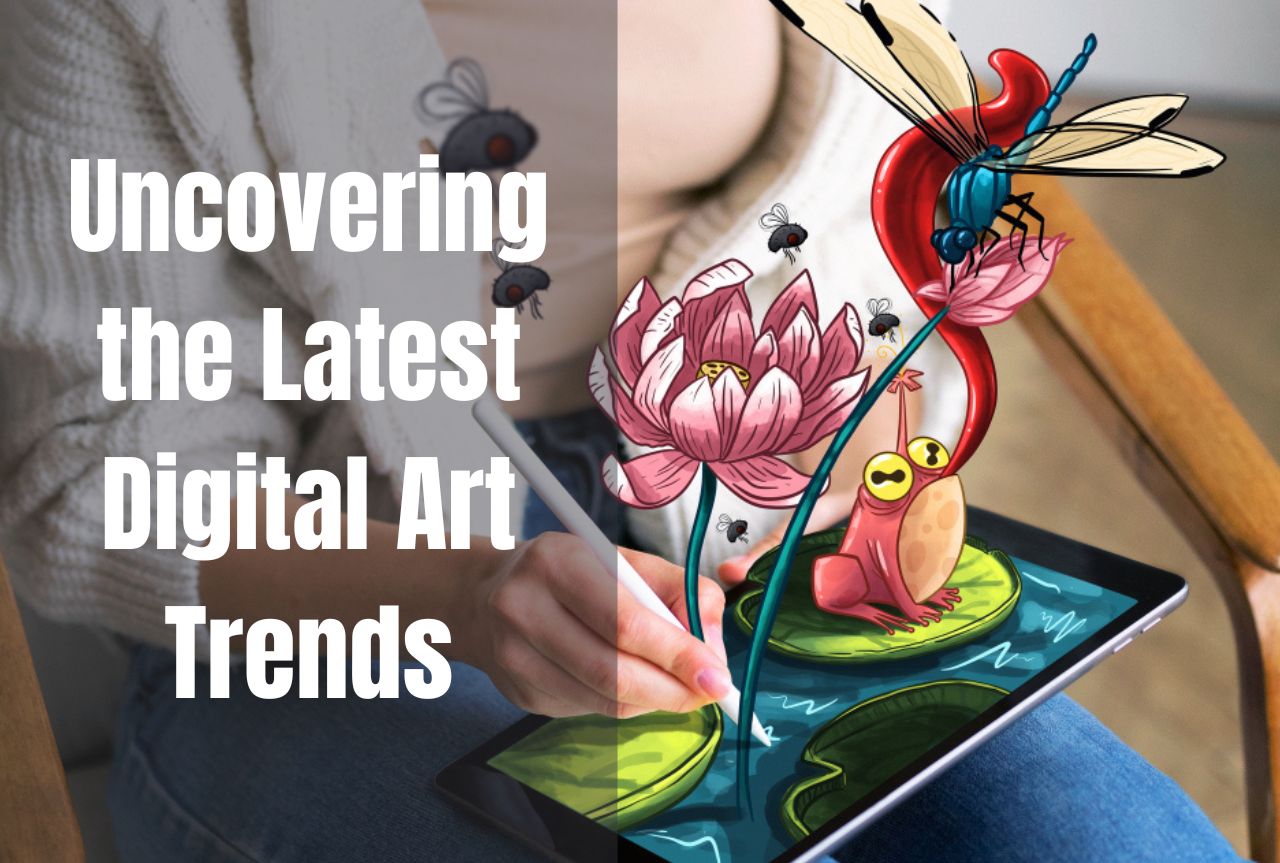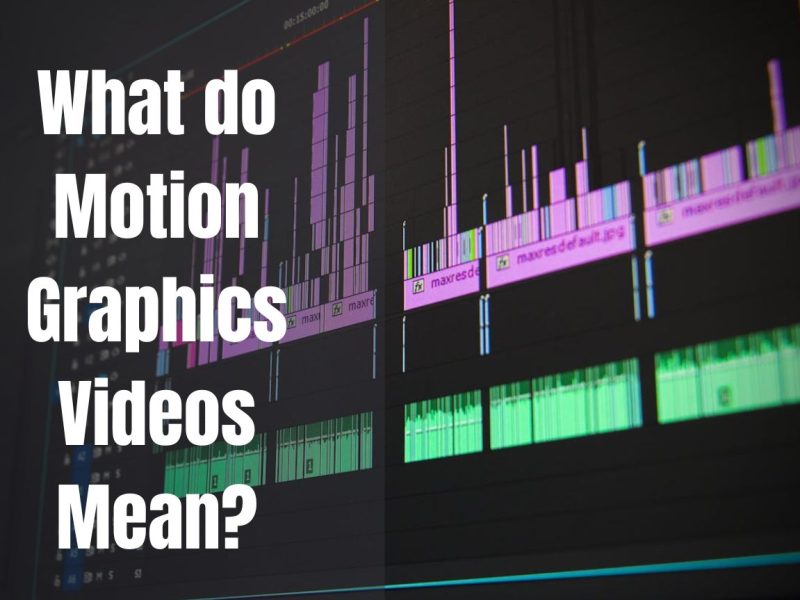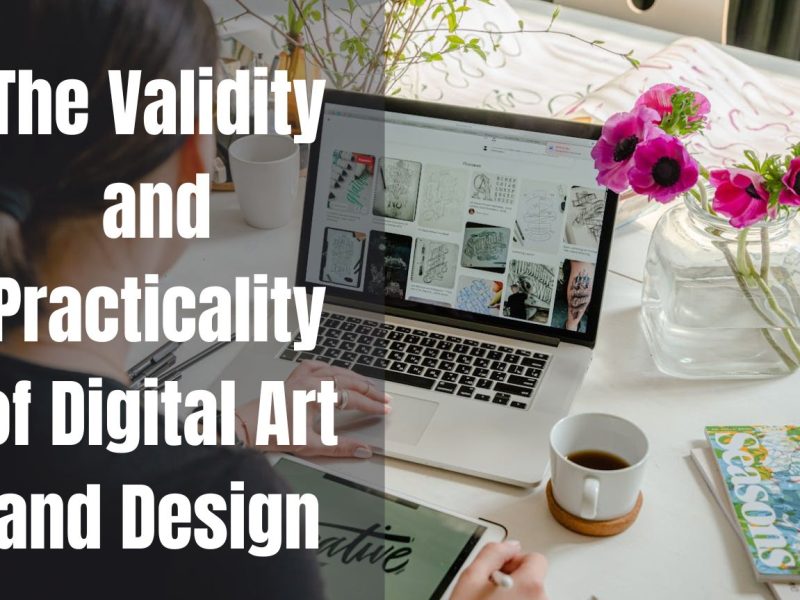What it means to be creative and express yourself through digital art constantly changes as artists and technologists push the limits. We are now in 2024, and several new trends have changed how we see and interact with art in the digital age. This blog post aims to find these trends and give you information about the tools and movements that are shaping digital art right now.
The Rise of Augmented Reality in Digital Art
Augmented reality (AR) isn’t just used for games and fun anymore; it’s also having a big effect on digital art. Augmented reality (AR) adds virtual elements to the real world, creating an immersive experience that tests our ideas and improves artistic expression.
What is AR and its Influence on Digital Art?
AR technology lets artists make works that people can interact with and see from different angles. This interactive feature gives the art more meaning and lets the viewers participate in making it. For example, AR displays in public places can turn a boring place into a moving work of art that changes based on people’s presence and movement.
Examples of AR in Art
The “Mirage” show is a good example because people can use their phones to see digital layers hidden in paintings. Another one is the “Art Gallery” app, which lets users put virtual statues where they want them, creating a unique gallery experience.
Integrating AR with Traditional Mediums
When you mix AR with traditional art forms like painting and sculpture, you get a new style honoring the past while looking to the future. Artists use AR to add movement and story to still works, making the old and the new talk to each other.
Sustainable Art Practices in the Digital Realm
As worries about the environment grow, digital artists look for ways to make their work less environmentally harmful while still making important art.
Digital Art and Environmental Consciousness
Digital art doesn’t need as many resources as traditional art because it doesn’t need many physical elements. But people are becoming more worried about how much energy digital gadgets and data centers use. Artists are now thinking about how long their work will last, from their tools to where their digital works are stored.
Profiles of Eco-conscious Digital Artists
Artists like Alice Zilberberg use recycled electronics to make strange landscapes. John Gerrard’s “Western Flag” piece shows how digital art affects the environment by showing CO2 emissions in real time.
Impact on the Art Community and the Planet
These eco-friendly practices set an example for the art world and push people to use more eco-friendly methods. This trend lessens the damage to the world and leads to new kinds of art that show how we relate to nature.
Virtual Reality (VR) Exhibitions: A New Frontier for Artists
Virtual reality (VR) has given artists new ways to show off their work. VR exhibitions let art lovers fully immerse in a digital world, where they can experience art in a way that goes beyond the real.
The Growing Popularity of VR Art Exhibitions
VR technology has gotten easier to use, which has led to a lot of artists using it. VR shows are being held in museums and galleries, letting people look at digital art collections from the comfort of their own homes.
Technical Advancements Enabling VR Art
Artists can now make complicated and detailed virtual worlds thanks to VR hardware and software improvements. Because these digital places can be changed in real time, they provide an interactive experience that can’t be found in regular museums.
The Future of Art Galleries in the Virtual World
As VR technology improves, how art is shown and experienced will also change. Virtual shows could become common, giving artists a way to reach more people around the world.
AI-Generated Art: The New Artist’s Brush
Artificial intelligence (AI) is now something that artists use to make their work more creative. The art made by AI makes us think about how creativity works and what an artist does.
Exploring the Role of AI in Creating Digital Art
AI algorithms can look at huge amounts of visual data, learning styles, and trends that can be used to make new works of art. This working together between people and machines can lead to strange and new things.
Ethical Considerations and the Artist’s Touch
When AI is used in art, it makes us think about who made the work and how original it is. It’s important to consider the moral issues raised by AI-made work and the importance of human touch in the creative process.
Highlighting Groundbreaking AI-Generated Artworks
“The Next Rembrandt” and other projects have shown that AI can copy old-school art styles. Other artists use AI to make completely new kinds of art.
Dynamic NFTs: Redefining Art Ownership and Value
Non-fungible tokens (NFTs) have changed how we think about who owns art and how much it’s worth in the digital world. When it comes to interactivity and interaction, dynamic NFTs shine.
Understanding NFTs and Their Dynamic Nature
Dynamic NFTs are one-of-a-kind digital assets that can change over time depending on how the owner interacts with them or data from outside sources. This part gives the art a live quality, making each piece change over time and truly unique.
Case Studies of Successful Dynamic NFT Projects
Async Art and other projects like it let artists make programmable art where different owners can control different layers. This makes a joint masterpiece that is always changing.
The Economic Implications for Artists and Collectors
Dynamic NFTs give artists new ways to make money by giving them ongoing royalties and more power over their work. For collectors, these NFTs are a more interesting purchase that could pay off.
Crypto-Art Communities: The Social Aspect of Digital Art
Cryptocurrencies have led to the growth of lively groups centred around digital art. It’s not enough for these communities to just trade and collect things; they also help people meet and work together.
How Crypto-Art Communities Are Forming and Evolving
Artists and fans can now meet, share, and support each other’s work thanks to platforms like SuperRare and Foundation. Decentralisation and shared ownership are the building blocks of these societies.
The Role of Social Media and Online Platforms
Crypto-art groups have grown greatly thanks to social media, which lets artists show off their work and interact with people worldwide. People can talk and share information in online chat rooms and boards.
Collaborative Projects and Their Influence on the Art World
In these groups, people work together on projects, pushing the limits of what is possible in art. They promote trying new things and working together to be creative, resulting in new works that question standard art ideas.
Metaverse-Ready Art: Crafting for Virtual Worlds
The idea of the Metaverse has taken the digital world by surprise. It is a parallel reality where art is very important.
Defining Metaverse-Ready Art and Its Significance
Works of art that are “metaverse-ready” are made to live in virtual places. These pieces are not only nice to look at but can also be interacted with, giving you experiences that are only possible in the Metaverse.
The Process of Creating Art for the Metaverse
To make art for the Metaverse, you must know what the virtual world can and can’t do. Artists must consider how the user will connect with the virtual world, how it can be scaled, and how it looks and feels.
Opportunities and Challenges for Artists in Virtual Spaces
The Metaverse gives artists a whole new place to show off their work. It does, however, come with some problems, such as the need for technical know-how and the chance of digital rights issues.
A trend to keep an eye on is abstract realism fusion.
Abstract Realism Fusion is a style that combines the powerful emotional effect of abstract art with the meticulous detail of realism.
What is Abstract Realism Fusion in Digital Art?
As part of this trend, abstract elements are mixed with actual images to make a balance that makes people feel something while still keeping a sense of the familiar.
Artists Leading the Way in This Trend
Artists like Jane Doe (a made-up character) lead this trend, who make works that challenge viewers’ ideas and make them think more deeply.
How This Trend is Influencing Art Education and Creation
Realistic Abstraction Fusion is changing how art is taught by pushing students to think outside the box. It also changes how art is made, as artists try new methods and materials.
The Bottom Line
The world of digital art is always changing and growing. It’s where imagination and technology meet to push the limits of what art can do. The newest trends in digital art are changing how we make, experience, and value art in the 21st century. These include AI-generated works, NFTs, and engaging VR and AR experiences.
Suppose you’re an artist looking for new ways to express your creativity, a collector interested in the possibilities of digital assets, or just an art lover interested in the future of this fascinating field. In that case, you need to know about the newest digital art trends.
Frequently Asked Questions
Here are some questions that people often have about the newest trends in digital art:
What does digital art mean in the year 2024?
In 2024, digital art will be defined by how interactive, immersive, and well-integrated it is with new technologies like AI, AR, and VR.
How do I start making art in AR?
Get to know AR platforms and tools, and think about taking online classes to learn the skills you need to start making AR art.
Does everyone have access to VR art shows?
Access to VR technology is growing, but things still make it hard for some people to use it, like the high cost of the gear and the need to know a lot about technology.
What are the legal parts of art made by AI?
Copyright and intellectual property rights are legal issues that come up with art made by AI, but these are still being figured out as the technology develops.
Can I join crypto-art groups even though I’m not an artist?
Yes, you can help by collecting art, participating in conversations, and giving money to artists through crowdfunding and social media.
What skills do I need to make art that can be used in the Metaverse?
You need artistic skills and a technical understanding of 3D modelling and virtual reality environments to make ready art for the Metaverse.
Where can I find out more about combining Abstract Realism and Realism?
You can learn more about Abstract Realism Fusion by following well-known artists in the field, attending classes, and looking at information online.



